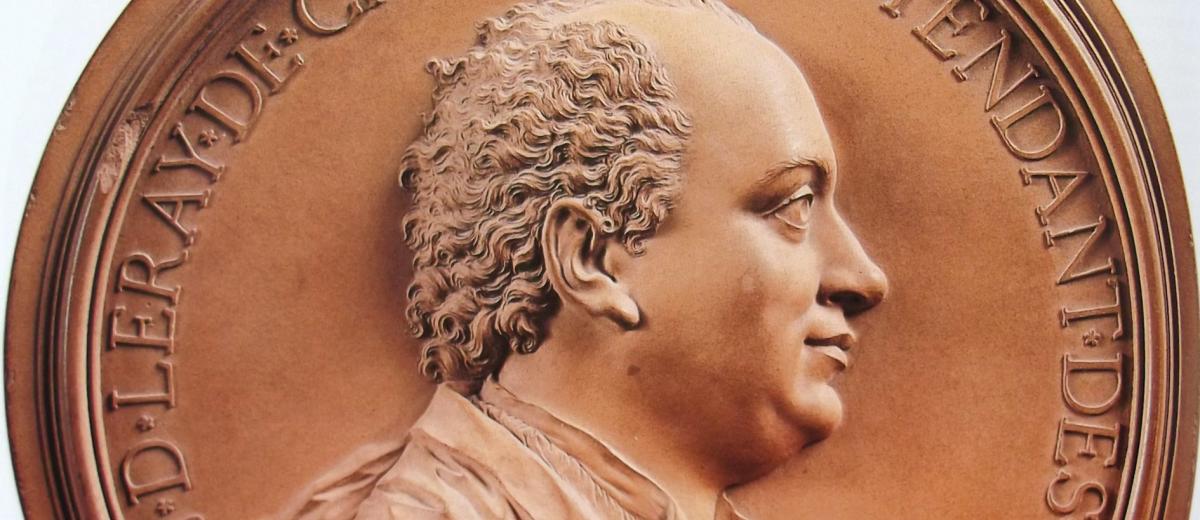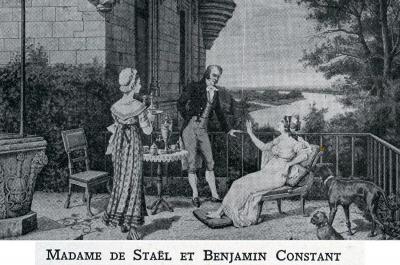The Enlightenment and Romanticism
published at 20/01/2017

In 1739, the Château was acquired by Nicolas Bertin de Vaugyen, a Master of Petitions at the Paris Parliament; he was followed by Jacques-Donatien Leray in 1750.
When Jacques-Donatien Leray arrived at Chaumont in 1750, the North Wing of the Château was still standing. It had a large gate-tower in the north-west corner, an irregular curtain wall and various types of roofing. It mainly housed a large hall used for receptions and banquets. But the North Wing was in a state of disrepair. So, Jacques-Donatien Leray decided to demolish it the year he acquired the property, making way for a terrace that afforded a light panoramic view over the Loire.
Leray dies in 1803 and it is his son James who inherits from the Domain.
Forced into exile by Napoleon, Germaine de Staël made the most of her friend James Le Ray’s absence to stay at Chaumont from April to August 1810, in order to correct and keep an eye on the printing of her book De l’Allemagne in Tours. Her exile at Chaumont brought more than one famous guest to her court there, for example Madame Récamier, Adelbert Von Chamisso, the Counts of Sabran and Salaberry as well as the author of Adolphe, Benjamin Constant.
In 1833, the Count of Aramon acquired the Domain. He devoted most of his efforts to creating the grounds that until then had been missing from Chaumont. Upon his death, his wife remarried with Joseph Walsh who called on the architect Jules Potier de la Morandière to restore the Château, listed as a Historical Monument since 1840. Despite his efforts, Potier de la Morandière could not keep up his costly renovation programme and, in 1872, Chaumont was once again put up for sale.
Famous contemporary figures: The Coppet Group
During her stay at Chaumont, Germaine de Staël invited along a number of personalities. Among them, the members of the so-called Coppet Group, which included the French novelist, politician and intellectual Benjamin Constant, the author François-René de Chateaubriand, the British poet George Byron and the close friend of Madame de Staël and a major figure in the opposition to Napoleon Bonaparte's regime, Juliette Récamier. These figures had numerous things in common: a pronounced interest in literature, a leaning towards Protestantism, which had a vital importance in the development of liberal thought, a direct influence from the Enlightenment, and fierce opposition of Napoleon's despotism.


